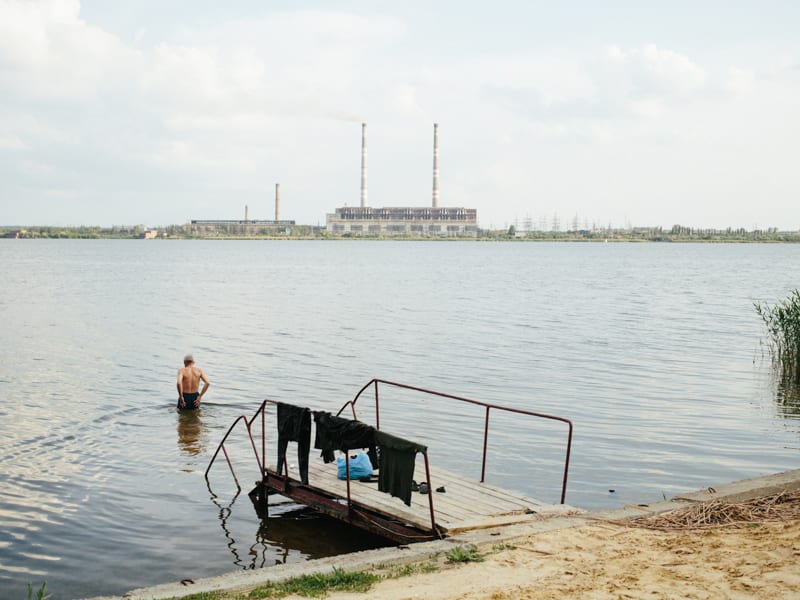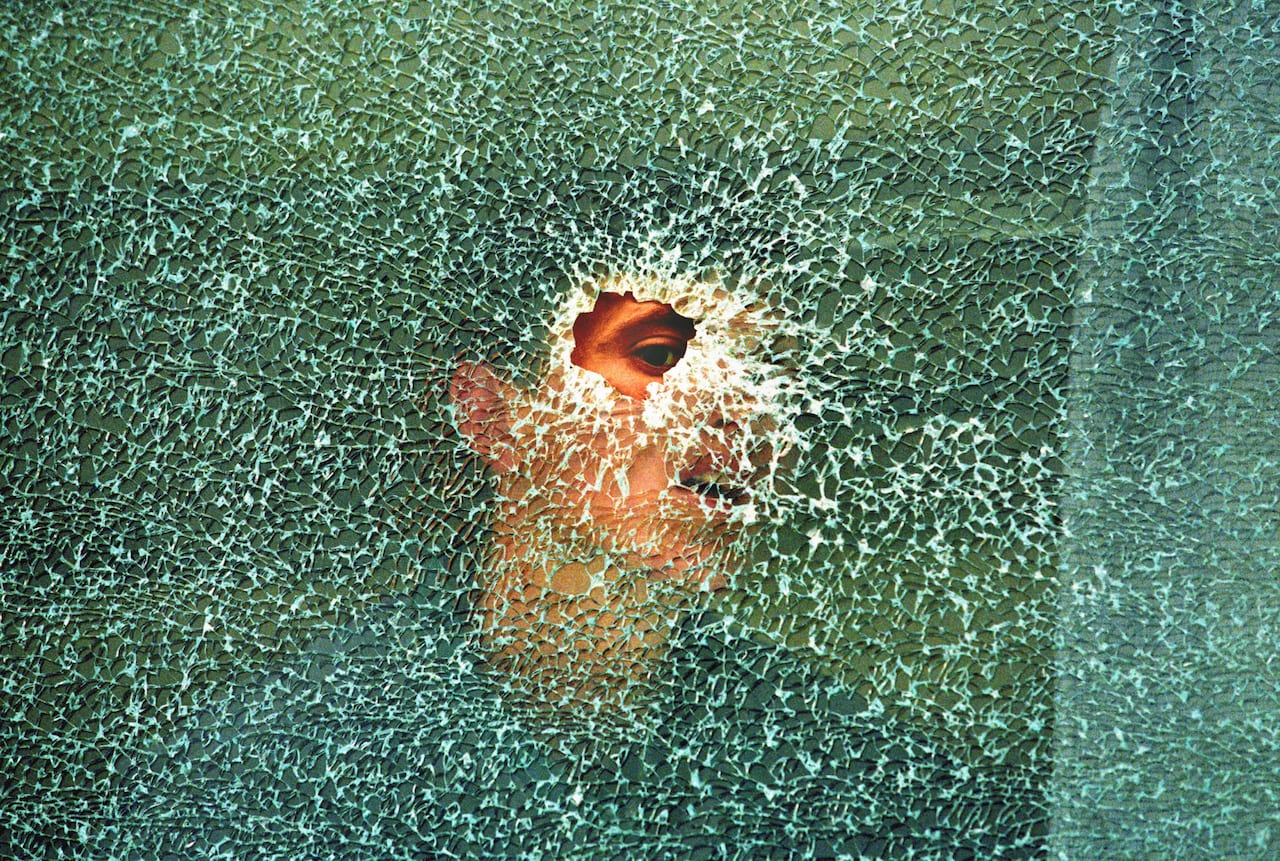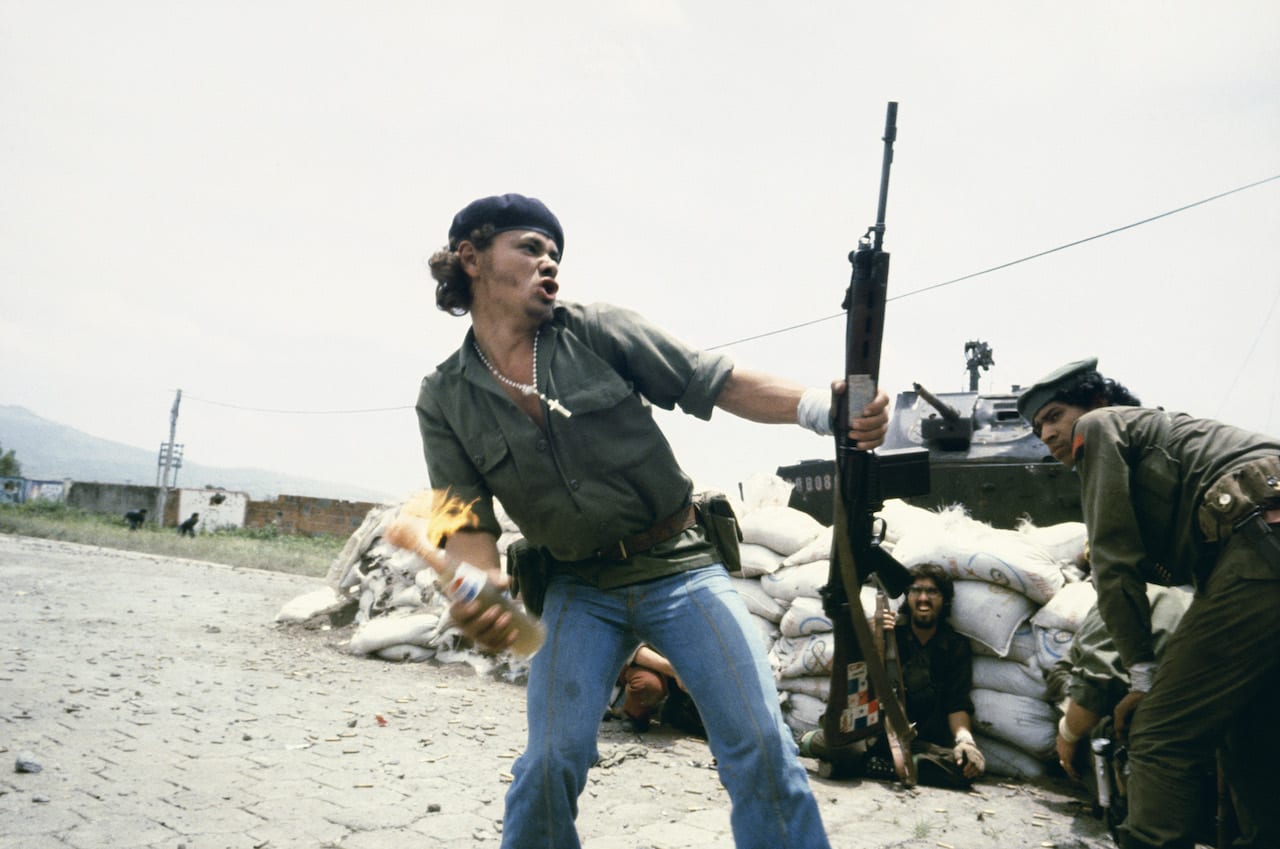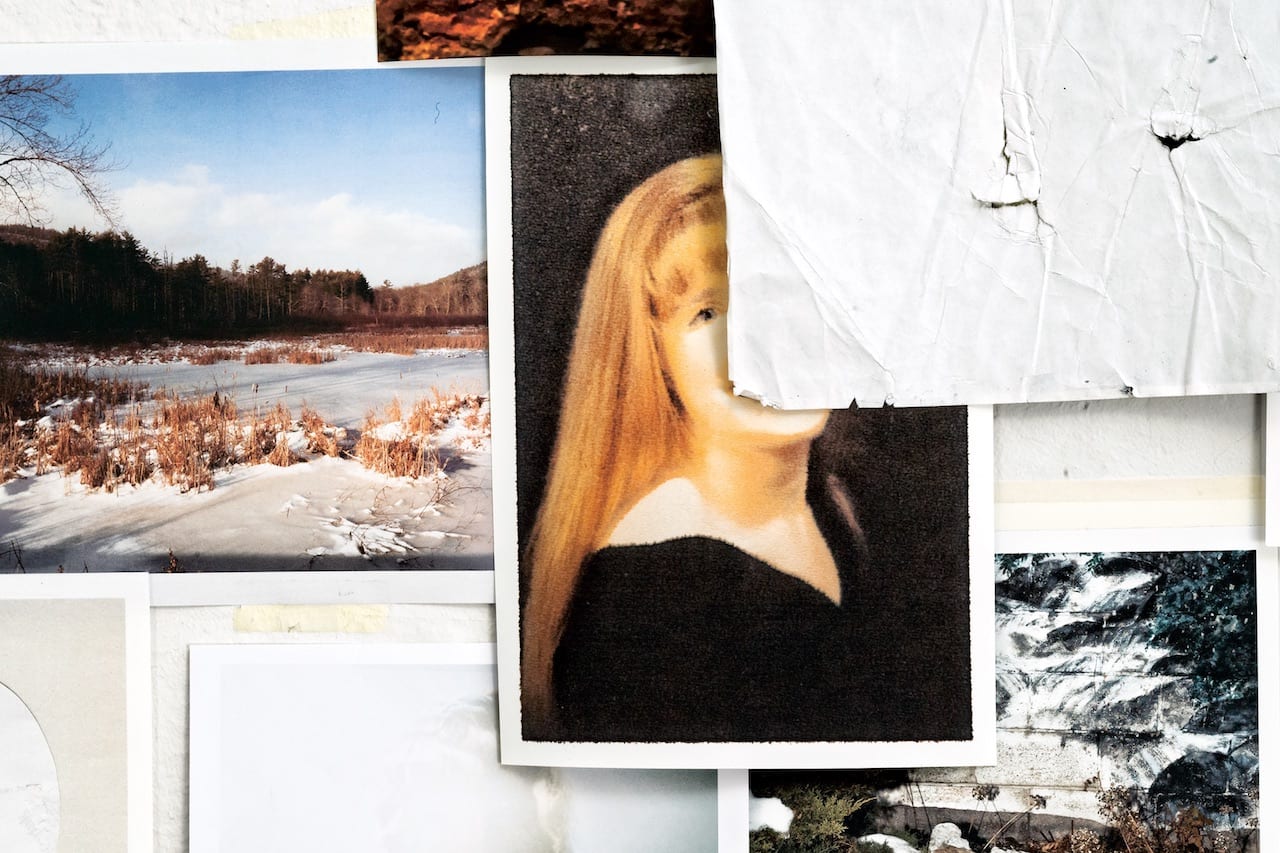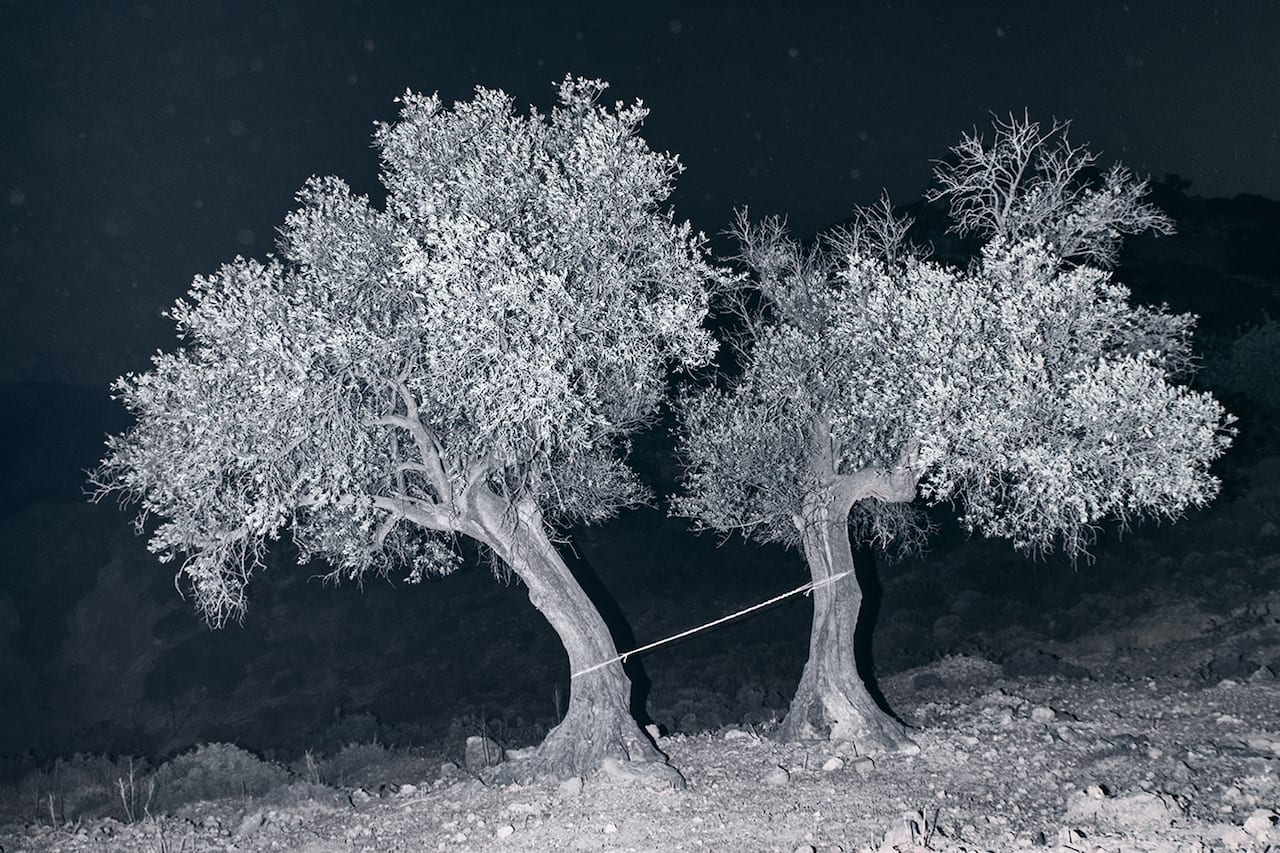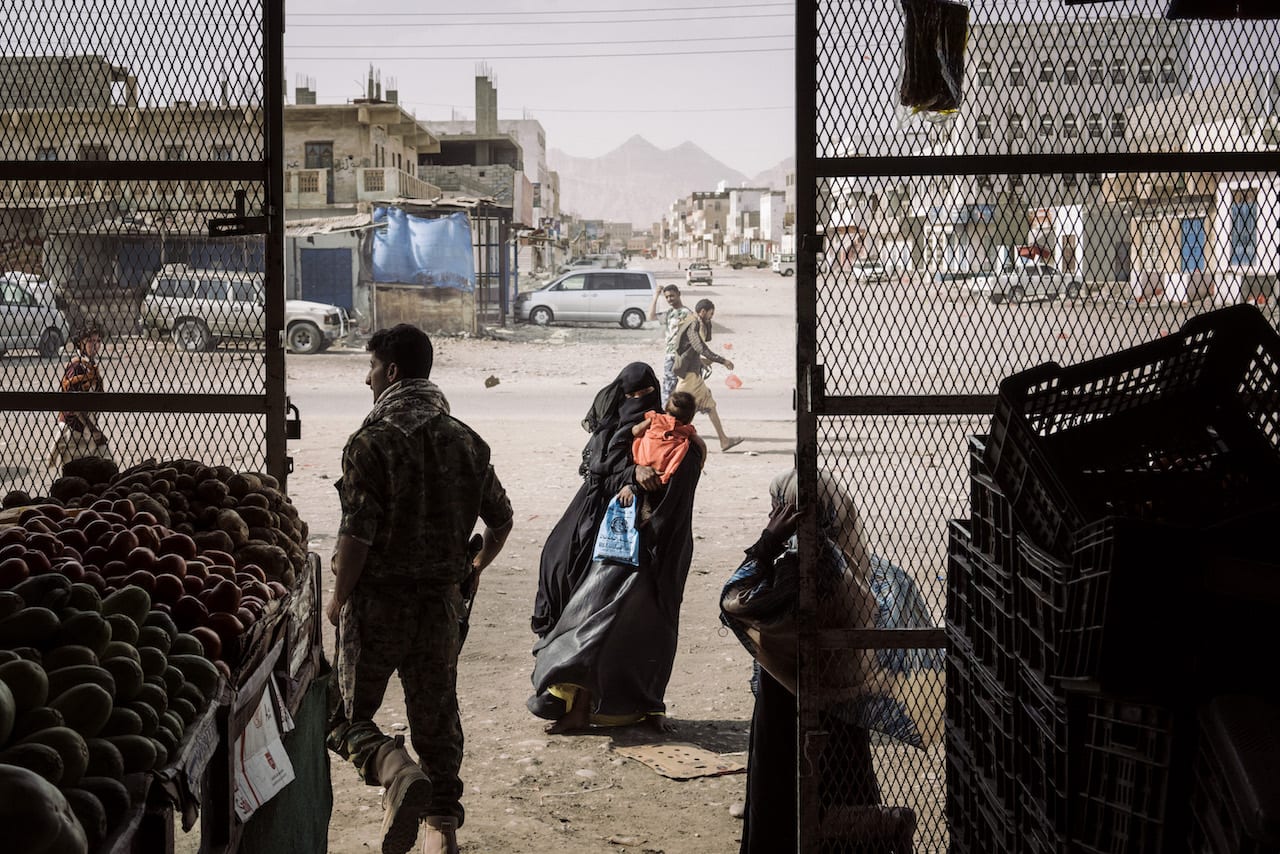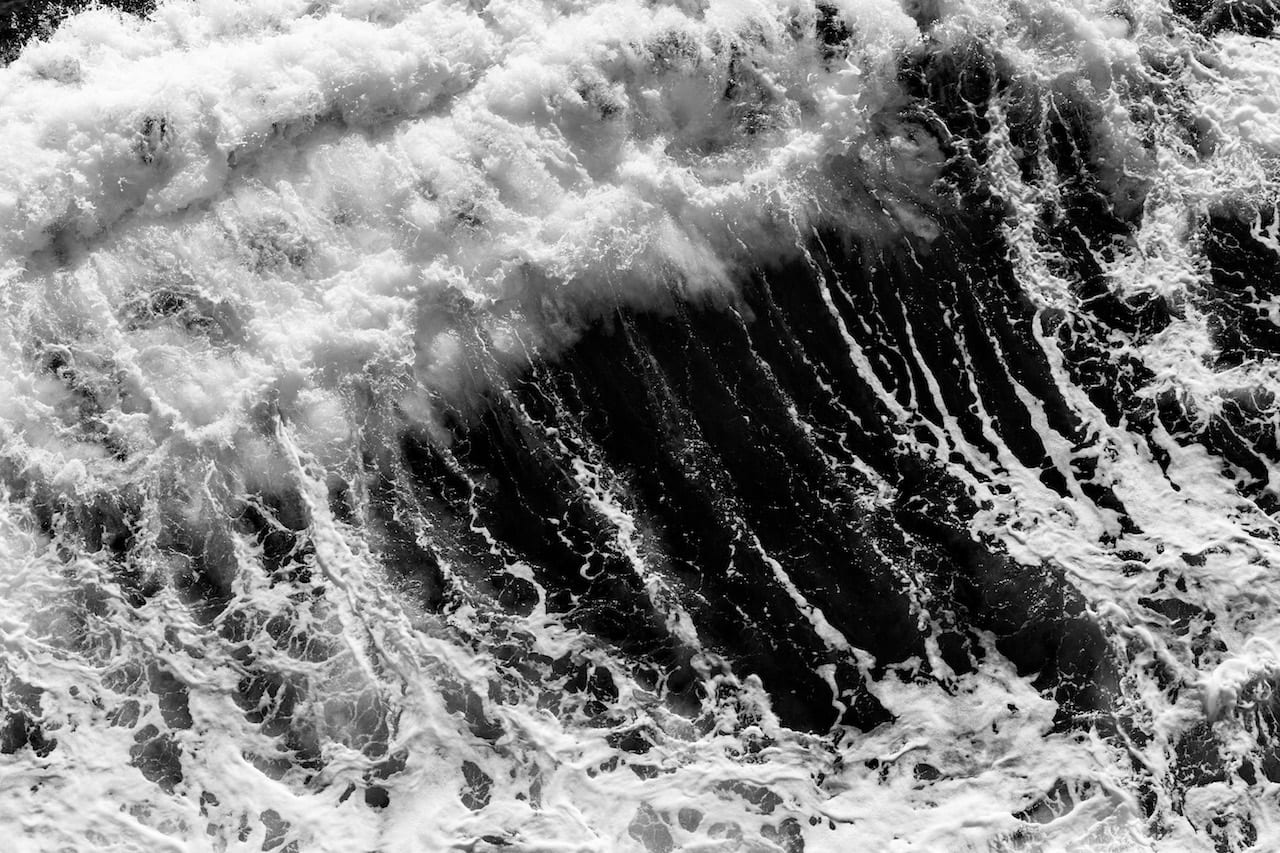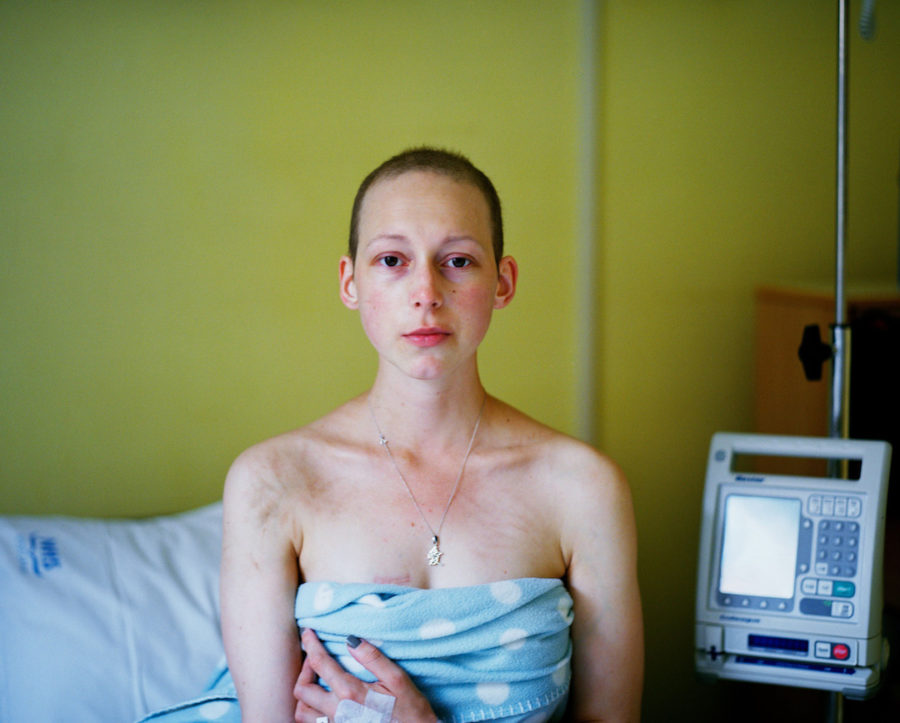Based in Paris and Bristol, ESSARTER Éditions is a “photo-documentary publishing house”. Founded by the photographer Mathilde Vaveau and the graphic designer Lou Reichling, it aims to “gather around common interests – the book, photography and documentary”. ESSARTER has published four projects so far – Ukraine Post Euro Maidan, Usée Immédiat, À la Vôtre, and its most recent, a trilogy called Red Utopias. Including work by ten photographers drawn from across Europe and the former USSR, Red Utopias and considers the Soviet Union and its legacy from a variety of perspectives. It is published in French, Russian, and English.
